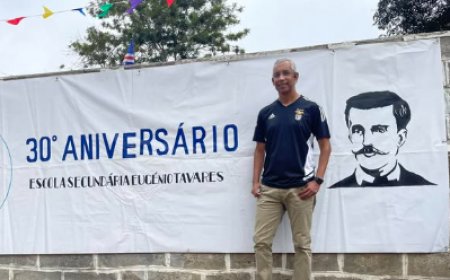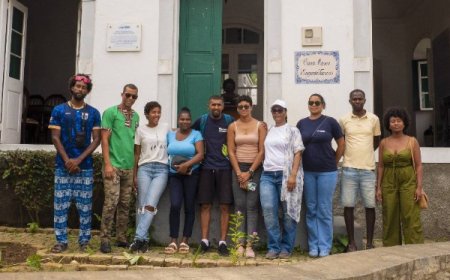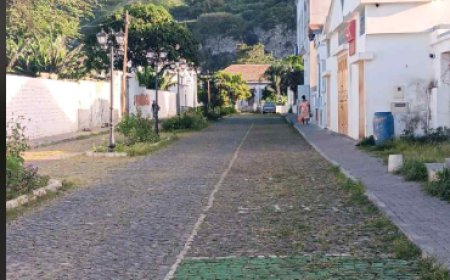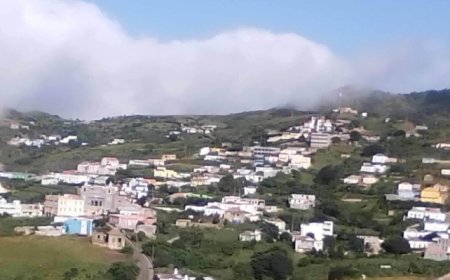Cape Verde: A Paradise of Silence, Beauty and Tradition, according to National Geographic
Cape Verde, with its diverse islands rich in culture and natural beauty, is highlighted by National Geographic as an ideal destination for hiking and adventure, offering a striking contrast between the impactful silence and the vibrant soundtrack of everyday life.

National Geographic highlights Cape Verde as one of the main trail and adventure destinations. Located approximately 350 nautical miles off the west coast of Africa, this archipelago of 10 islands offers a unique experience for those looking to explore its natural beauty and vibrant culture.
The Silence of Santo Antão
In Santo Antão, the most mountainous island in Cape Verde, the silence can be impressive. One moment you're jolting in the back of a rumbling pickup truck, on your way to trek the island's serrated hills; the next, you're at the foot of a cliff, with the taxi disappearing in the distance, and the world, in all its climactic fury, is silent. This island offers a striking contrast to the rest of Cape Verde, with landscapes that range from arid terrain to verdant valleys.
The Cape Verde Symphony
Spending any time in Cape Verde is getting used to a vibrant soundtrack. The archipelago, made up of islands such as Sal and São Vicente, is known for the constant roar of the Atlantic Ocean, the northeast trade winds that shake the sugar cane and coconut trees, and for traditional music: the melancholic morna and the lively funaná . Guitars in bars, melodies floating from farms and from car radios are an integral part of everyday life.
History and Culture
Cape Verde has a rich and complex history. Discovered by the Portuguese in 1458, the archipelago became a strategic point for the slave trade. Over the centuries, the population grew, made up of descendants of enslaved people, free Africans, Jews fleeing persecution and European settlers. When Cape Verde gained independence from Portugal in 1975, it emerged with a unique Creole culture. The official language is Portuguese, but most people speak Cape Verdean Creole.
A Destination for Adventurers
For adventure seekers, Cape Verde offers stunning trails. In Santo Antão, for example, there are trails that lead to green valleys such as Ribeira do Paúl, full of sugar cane and banana trees. Another notable trail is the one that leads to the village of Pico de Antónia, where travelers can enjoy panoramic views and local hospitality.
Grog and Gastronomy
An unmissable experience in Cape Verde is trying grog, a rum distilled from sugar cane, especially popular in Santo Antão. In Ponta do Sol, the old town with cobblestone streets, visitors can enjoy a local drink called xtomperod (grog mixed with pontche, a honey liqueur), accompanied by traditional dishes like grilled fish with fried cassava, rice and beans.
Deep Connection with the Earth
Cape Verde is a place where harsh nature has forged a deep connection between the people and the land. Life can be difficult, with long periods of drought and strong winds, but this only strengthens the resilience and community spirit of Cape Verdeans.
National Geographic highlights that Cape Verde is a destination that offers much more than paradisiacal beaches. It's a place where silence can be as powerful as sound, and where natural beauty and vibrant culture combine to create an unforgettable experience.





















































